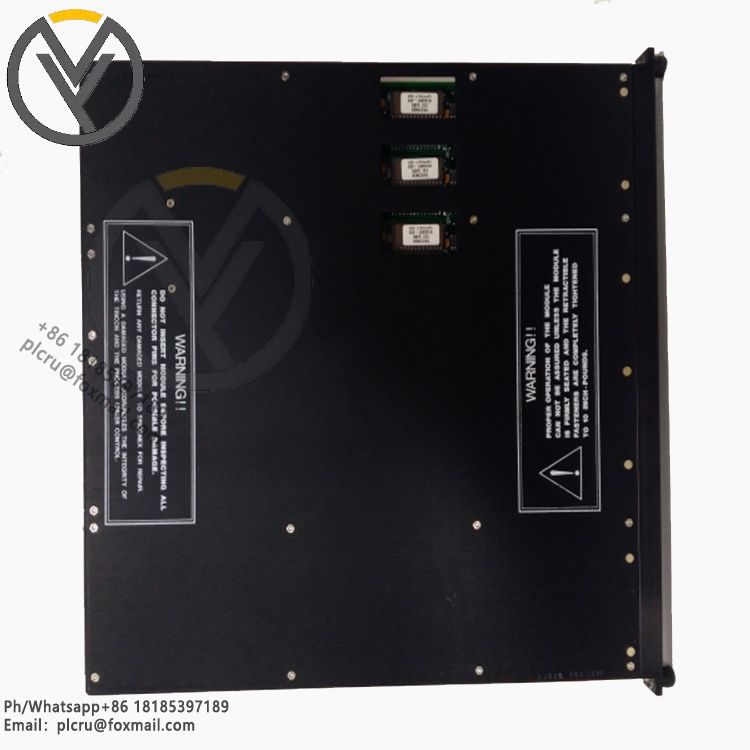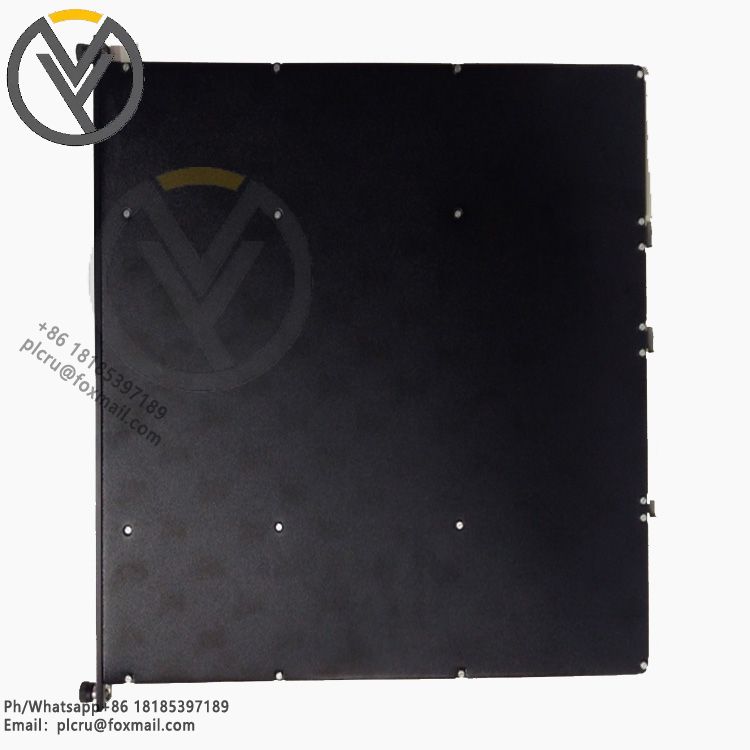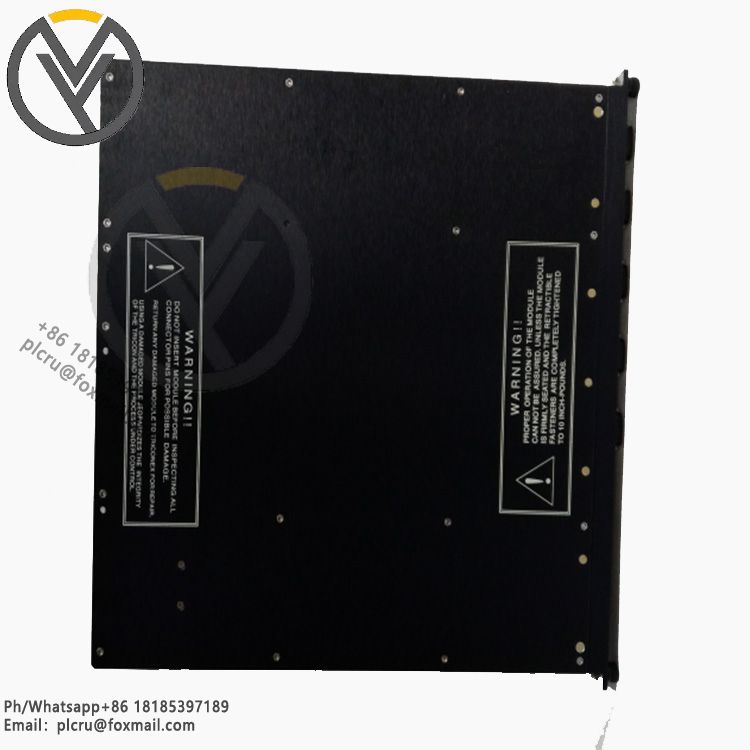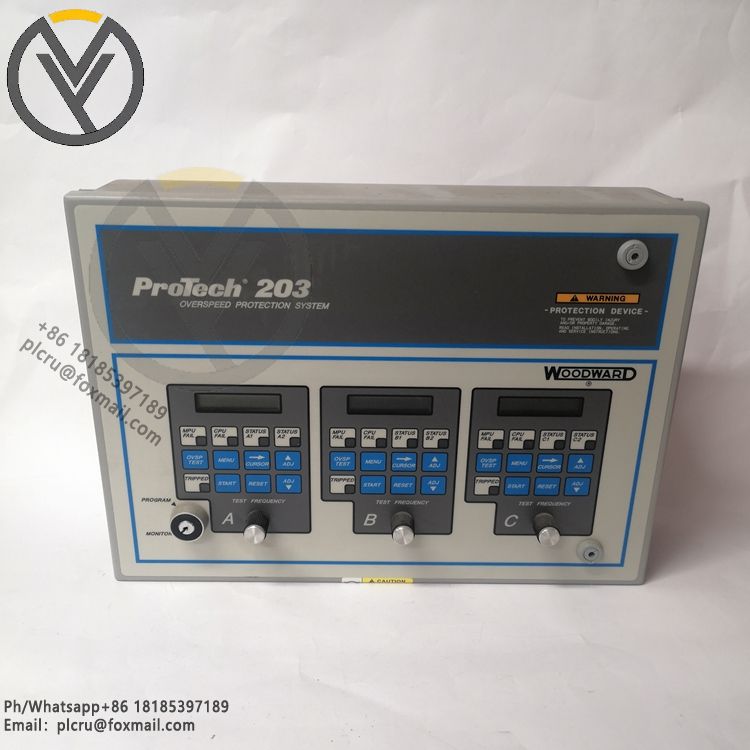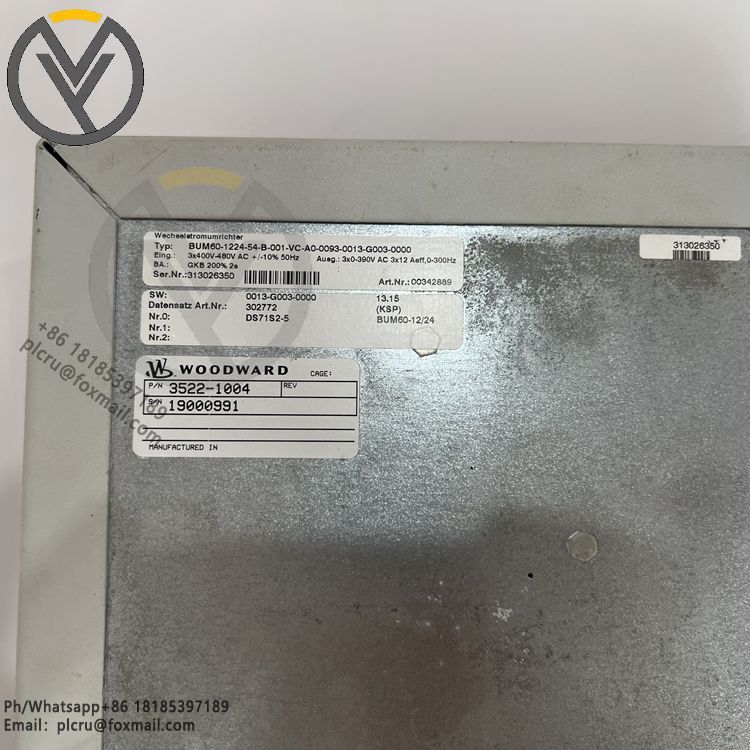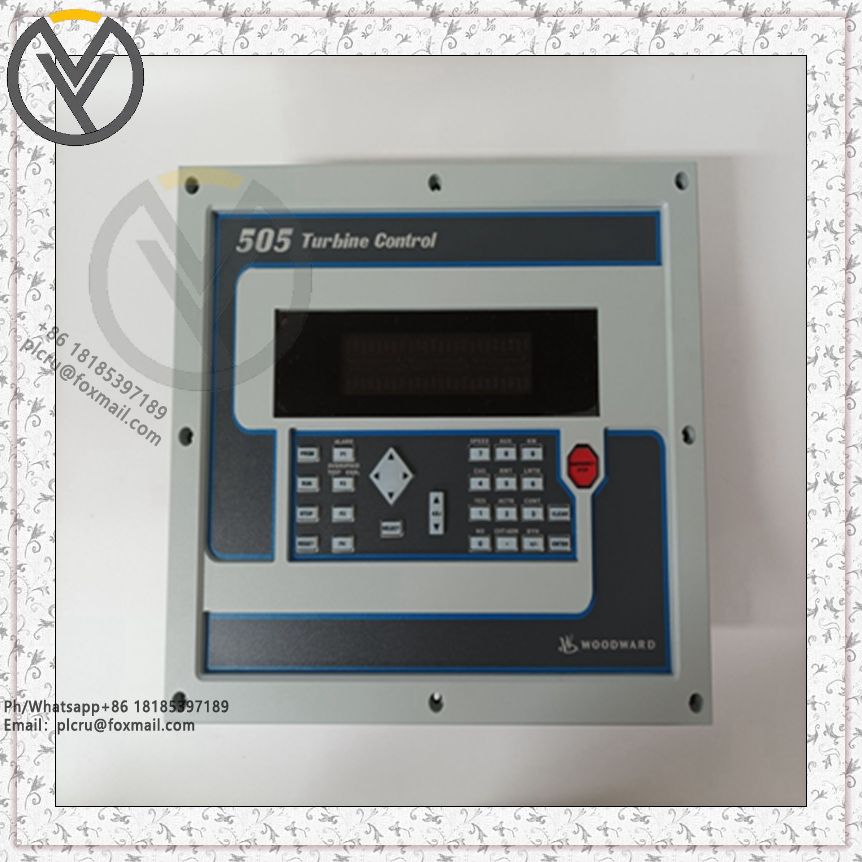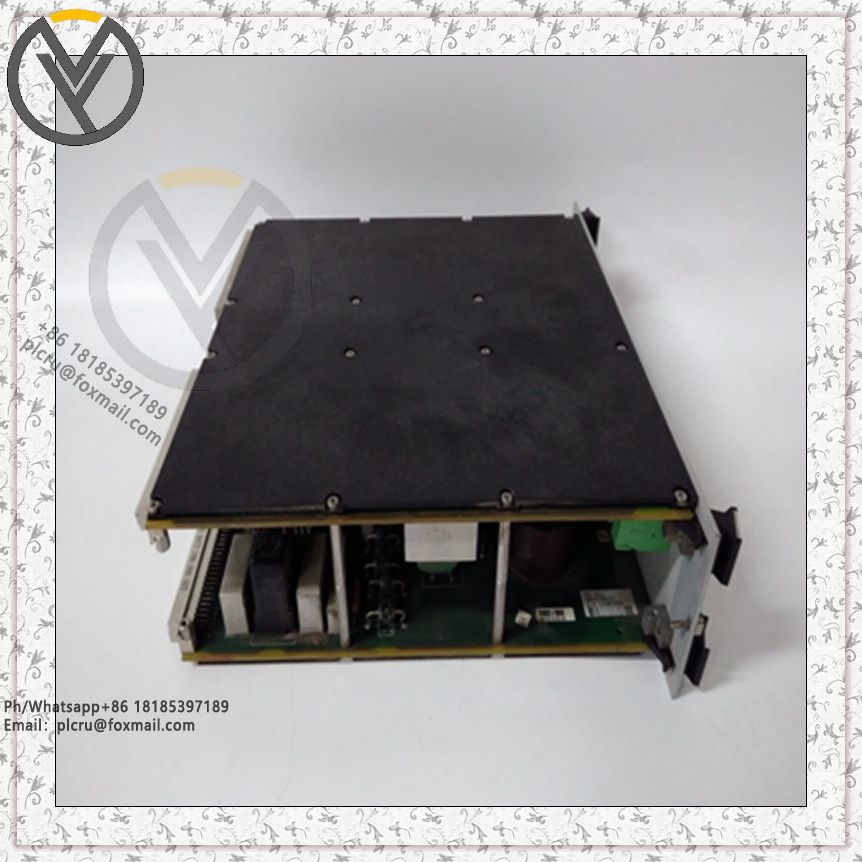WOODWARD 5501-470 Speed Controller
The WOODWARD 5501 - 470 Speed Controller is a high - performance speed control device designed for industrial applications, mainly used to precisely control the rotational speed of motors, engines, and other rotating equipment. Here is a detailed introduction:
- Input Signal: It can receive various types of input signals, such as 4 - 20mA analog current signals, 0 - 10V analog voltage signals, and digital signals based on communication protocols like RS - 485 or CAN. This wide range of input signal compatibility allows it to be flexibly connected to different types of controllers and sensors. For example, it can receive speed - setting signals from a programmable logic controller (PLC) or speed - feedback signals from a tachogenerator.
- Output Signal: The output signals are mainly used to drive the actuator that controls the speed of the rotating equipment, including voltage signals, current signals, and pulse - width - modulation (PWM) signals. The specific output signal type and range depend on the requirements of the actuator. For instance, it might output a 0 - 24V DC voltage signal to control the speed of a DC motor - driven actuator or output a PWM signal to control the opening degree of a servo - motor - driven valve, thereby indirectly controlling the speed of the rotating equipment.
- Control Accuracy: It features high - precision speed control capabilities, with a control accuracy that can reach within ±0.1% of the set value. This ensures the stable and accurate operation of the rotating equipment, meeting the precise speed control requirements of industrial production processes. For example, in a production line that requires a constant speed of a conveyor belt, the controller can maintain the speed of the motor - driven conveyor belt within a very small error range.
- Communication Interface: It is usually equipped with communication interfaces such as RS - 485, CAN, and Ethernet. Through these interfaces, the controller can exchange data with other devices in the industrial control system, such as uploading the operating status information of the rotating equipment to the upper - level monitoring system and receiving control commands from the upper - level controller. This enables remote monitoring and control of the rotating equipment and facilitates the integration and networking of the entire industrial control system.
- High Reliability: The controller adopts redundant design and fault - tolerant technology. For example, it is equipped with dual - redundant power supply modules to ensure normal operation in the event of a single power supply failure. In addition, it has strong anti - interference capabilities, which can effectively resist electromagnetic interference, voltage fluctuations, and other factors that may affect the accuracy of the control signal, ensuring the stable operation of the controller in a complex electromagnetic environment.
- Flexible Configuration: It has a programmable logic function, and users can configure and customize the control logic of the controller according to specific application requirements through software programming. For example, users can set the start - up and shutdown sequence of the rotating equipment, the speed - regulating mode, and the protection action mode. This flexible configuration feature enables the controller to adapt to a variety of industrial application scenarios and meet the specific needs of different users.
- Comprehensive Monitoring and Diagnosis: The controller is equipped with a built - in monitoring and diagnostic circuit, which can continuously monitor the operating status of the rotating equipment and the controller itself. It can detect faults such as over - current, over - voltage, and over - temperature in a timely manner and send out alarm signals. At the same time, it can also provide detailed fault information to help maintenance personnel quickly identify and troubleshoot problems, reducing equipment downtime and maintenance costs.
